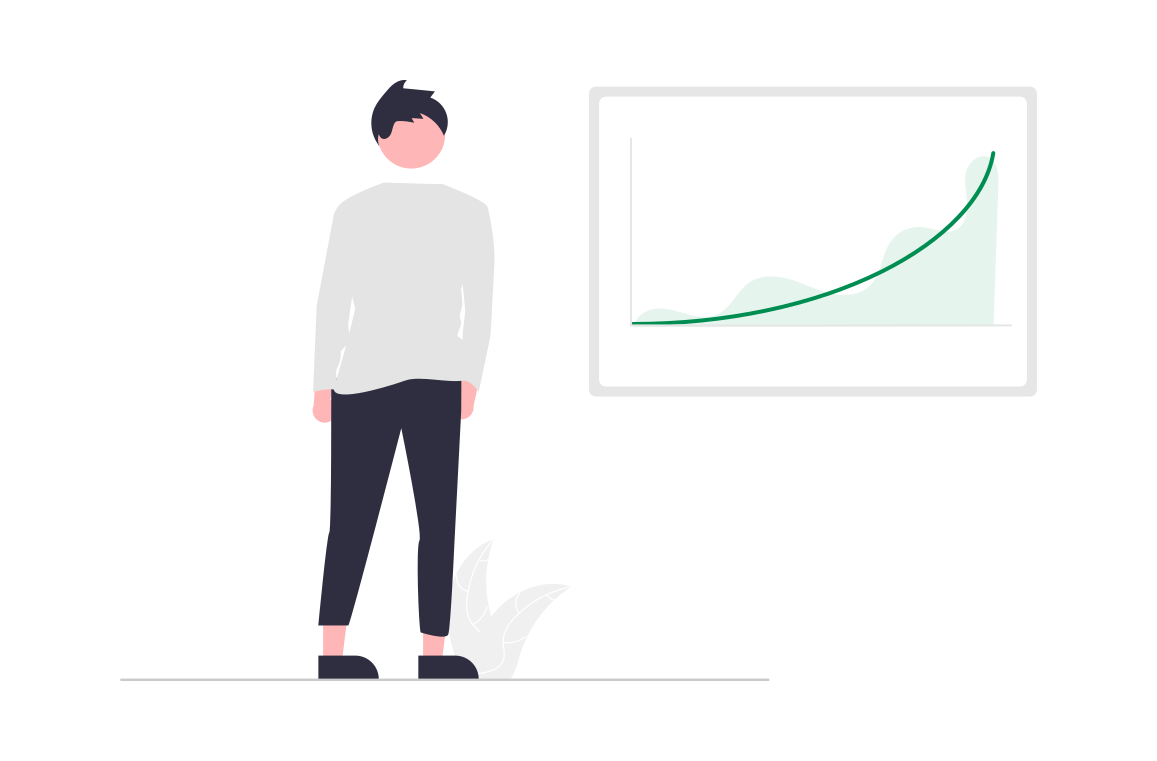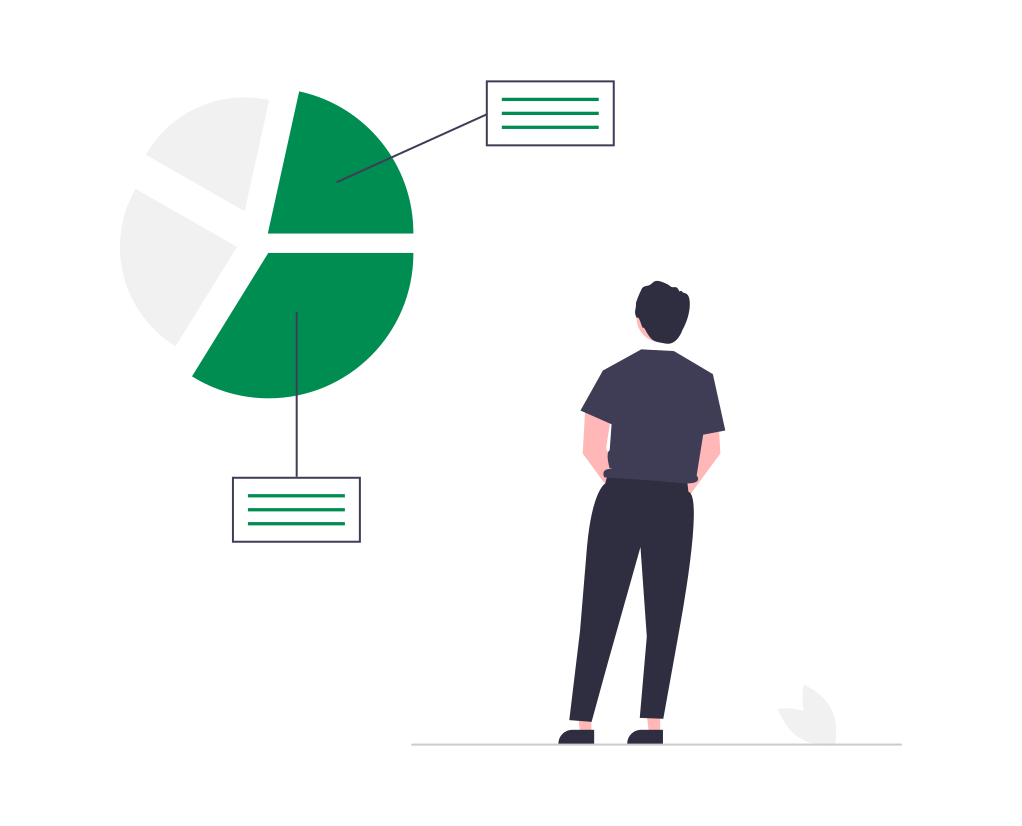Forex Trading Analysis Method

Types of Forex Market Analysis
Retail forex day traders utilize forex analysis to decide whether to purchase or sell currency pairs. It can be highly technical, requiring the use of resources such as charting software. It can also be fundamental, based on economic metrics and/or current events.
To a novice forex trader, analysis can be a confusing idea. However, it can be divided into three categories.
Fundamental Analysis
Fundamental analysis is frequently used to monitor figures such as interest rates, unemployment rates, gross domestic product (GDP), and other sorts of economic data that come out of countries to analyse movements in the currency market. A trader undertaking a fundamental study of the EUR/USD currency pair, for example, would find information on Eurozone interest rates more beneficial than information on US interest rates. Those traders would also want to be aware of any big news releases from each Eurozone countries in order to assess the economy’s health.


Technical Analysis
With Margin trading you can trade on a small amount of money.
Trading on margin allows traders to take advantage of trading opportunities without having to worry about a huge capital investment to acquire an asset.
Margin trading, on the other hand, entails using leverage to raise risk and potential returns. Margin is usually expressed as a percentage of the size of the forex positions and varies per forex broker. In the forex market, a 1% margin is common, meaning that dealers can control $100,000 of currency with just $1,000.
Weekend Analysis
There are two main reasons why you should conduct a weekend analysis. The first reason is that you want to have a broader perspective on an industry you’re interested in. You don’t need to react to things as they occur over the weekend because the markets are closed and not in dynamic change, so you may survey the landscape, so to speak.

Using Foreign Exchange Market Analysis
It’s crucial to question the fundamentals of forex market analysis. A four-step process is outlined below.
- Recognise the Drivers
The art of successful trading is based in part on a grasp of present market relationships and the reasons for these interactions. It’s critical to establish a sense of causation while keeping in mind that these links can and do shift throughout time.
Investors anticipating an economic recovery, for example, may explain a stock market comeback. These investors believe that firms’ earnings will rise in the future, resulting in higher valuations, and that now is a good time to buy. However, speculation fuelled by a flow of liquidity may be fuelling momentum, and plain old greed may be pushing prices higher until larger players join in, allowing for selling to commence.
As a result, the first issue to consider is: Why are these events taking place? What are the factors that influence market behaviour?
- Check Indexes
A trader can benefit from charting the major indexes for each market over a longer time frame. This exercise can assist a trader in determining market linkages and if one market’s behaviour is inverse or in unison with the other.
In 2009, for example, gold prices were at all-time highs. Was this a reaction to the impression that paper money was rapidly losing value, necessitating a return to the hard metal, or was it the product of low-cost dollars fuelling a commodities boom? The answer is that it might have been both, or market movements fuelled by speculation, as we described before.
- In other markets, look for an unanimity.
By charting other instruments on the same weekly or monthly basis, we can get a sense of if the markets are approaching a turning point consensus. After then, we can use the consensus to enter a trade in an instrument that will be impacted by the turn. Japanese exports could be harmed if the USD/JPY currency pair indicates an oversold position and the Bank of Japan (BOJ) intervenes to weaken the yen. A Japanese recovery, on the other hand, is likely to be hampered even if the yen does not drop.
- Trades should be timed.
If you can locate turning points on longer periods and then drop down to a shorter time period to fine-tune an entry, you’ll have a much better chance of making a winning trade. The first trade can be at the precise Fibonacci level or double bottom as shown on the longer-term chart, and if it fails, a second opportunity will usually present itself on a pullback or test of support.
Patience, discipline, and planning will set you apart from traders that trade on the spur of the moment without any prior planning or research of several forex indicators.

Obtaining Forex Trading Strategies and Systems
A day trader’s currency trading method can be manually applied or automated forex trading systems incorporating technical and fundamental analysis can be used. These can be downloaded for free, purchased for a fee, or produced by more tech-savvy traders.
On the internet, you can acquire both automated technical analysis and manual trading systems. It is crucial to remember, however, that there is no such thing as a “holy grail” of trading methods in terms of profitability.
Final Thoughts
Between technical and fundamental analysis, there is no “optimal” form of analysis for forex trading. Traders’ best selection is determined by their time frame and availability to information. Technical analysis may be the best strategy for a short-term trader with only delayed economic data but real-time access to quotes. Traders who have access to real-time news and economic data, on the other hand, may favour fundamental analysis. In either case, doing a weekend study when the markets aren’t constantly fluctuating isn’t a bad idea.
Between technical and fundamental analysis, there is no “optimal” form of analysis for forex trading. Traders’ best selection is determined by their time frame and availability to information. Technical analysis may be the best strategy for a short-term trader with only delayed economic data but real-time access to quotes. On the other hand, traders who have access to real-time data have a unique advantage.

